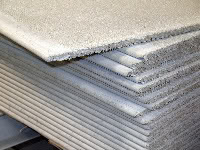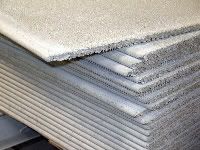Breakthroughs in Materials Science Critical to Quest for Renewables


Enter materials science as a potential solution. The way we fabricate things out of steel has created a practical limit to the size of a wind turbine; really big units have been fantastically difficult (and thus expensive) to build. But a material called HT Ferro may represent an abrupt change to that.
Ferrocement, meaning the variety of composite materials in which steel (wire, mesh, rebar) and concrete are used, are widely used in building, due to its great strength and economy. HT Ferro, a wild new variation on this theme, is a patented technology owned by associates of 2GreenEnergy based in New Zealand. According to what I’ve been able to learn, it is vastly superior to steel on many important ways, along the following important dimensions:
a) It was developed for marine application, thus wind turbine components made from it are virtually maintenance free — even in the rugged ocean environment.
b) These components will be far less expensive than steel.
c) Most importantly, a unique manufacturing process enables components to be fabricated in enormous sizes.
It appears that this makes possible very large units that will generate 10+ MW apiece.
